Following the best practices below will ensure the bay scallop fishery is protected for future generations to enjoy. See this comprehensive resource for a complete list of best practices related to planning your trip, protecting the fishery, and cleaning your catch.
Scalloping Best Practices
1. Throw back small scallops. Scallops that are smaller than 2 inches (the size of the bottom of a soda can or smaller) usually have not spawned yet, meaning they have not had a chance to contribute to next year’s fishery. In Florida, bay scallops typically only live one year. So, it is important that as many scallops as possible have the opportunity to spawn each season. While it is not legally required, throwing back small scallops is a great way to do your part to protect the fishery. Also, small scallops have smaller muscle meat so it might not even be worth your while to shuck the small ones.
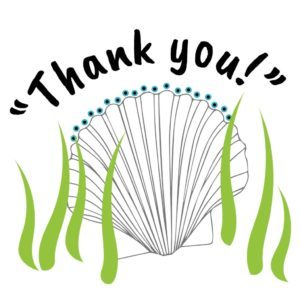
2. Keep only what you will eat. While “limiting out” might seem like an obvious goal, don’t forget that someone will have to shuck all those scallops! One pint of scallop meat (the typical daily limit for one person) is roughly four servings of scallops. Rather than setting a goal of catching your limit, consider setting a more conservative goal based on how much meat you will actually eat. Scallop meat only keeps in the fridge for 1 day or about 3 months frozen. Plan accordingly!
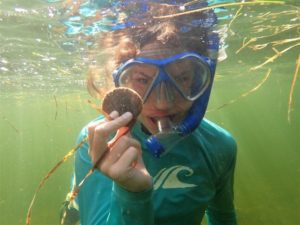
3. Never double dip. Locals and law enforcement officers in the bay scallop harvest areas often report “double dipping”, or scallopers going out for a second trip after landing one limit. Without question, this is illegal. But is is also highly unethical and shows disrespect for the fishery and the people with livelihoods that depend on bay scallops.
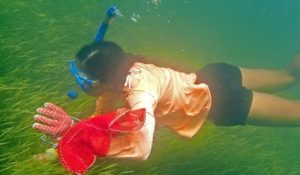
4. Protect seagrass when boating. Be aware of seagrasses while boating in shallow areas! Many species, including bay scallops, depend on seagrasses. Damage from propellers and boat anchors (called seagrass scarring) reduces habitat quality and resilience of seagrasses over the long-term. Please visit the Be Seagrass Safe website for more information
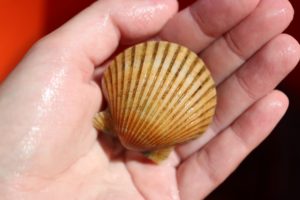
5. Discard shells responsibly. Shells and soft tissues should be disposed of in open Gulf of Mexico waters with moderate to strong currents that are not channels, canals, marinas, springs, or boat ramps. Shells and soft tissues can cause problems for water quality and boating when dumped in high traffic areas close to shore. Shells disposed of in shallow swimming areas, such as springs or sandbars, pose a serious hazard to swimmers. If you clean your catch on shore, dispose of shells/soft tissues in the trash or clean and re-use for crafts or landscaping around the house.
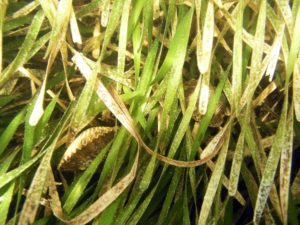
Do your part!
Take the sustainable scalloping pledge.
Got your catch? Head over to our cleaning and cooking page to find out how to enjoy this special Florida treat!
